Follow Us:
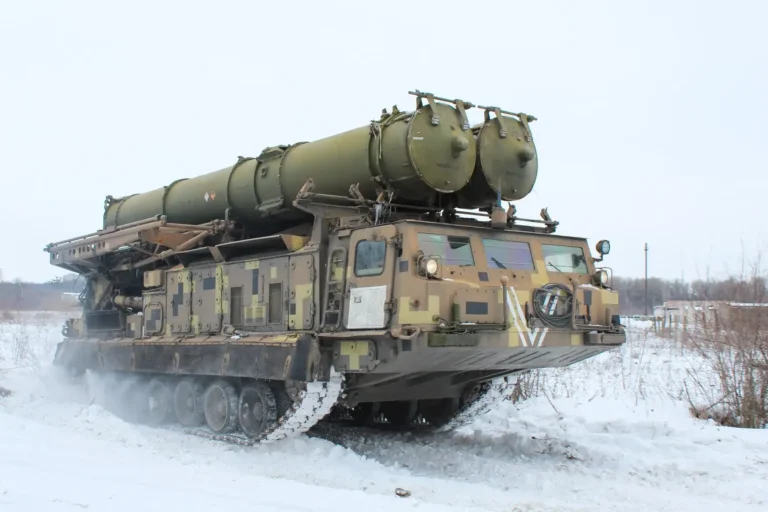
Share
The Type 31 Frigate is set to play a crucial role in the future of the Royal Navy. Positioned as an affordable, flexible, and capable naval vessel, the Type 31 offers a balanced solution between cost-efficiency and operational versatility.
As military budgets face increasing scrutiny, navies around the world, including the UK’s Royal Navy, are looking for vessels that are both economically sustainable and adaptable to a range of missions.
This post dives deep into the Type 31 Frigate, providing a comprehensive analysis of its development, key features, role in modern warfare, and why it’s being hailed as the future of naval defense. We will also explore how the Type 31 compares to other frigates and its potential impact on global security.
If you are interested in learning more about one of the most anticipated frigates of the decade, read on for everything you need to know about the british Type 31 Frigate.
The Type 31 Frigate is a new class of frigate being developed for the Royal Navy, designed as a cost-effective and versatile warship that can be deployed across a wide range of missions.
As part of the Royal Navy’s modernization efforts, the Type 31 aims to replace the aging Type 23 Frigates and supplement the more advanced and specialized Type 26 Frigates.

What sets the Type 31 apart is its modular design, meaning it can be easily reconfigured depending on mission requirements. From anti-submarine warfare to humanitarian aid, the flexibility of this design is crucial in an era where threats and missions change rapidly.
While many of the world’s more advanced frigates come with steep price tags, the Type 31 is considered an affordable solution. Priced at around £250 million per vessel, it offers a way for the Royal Navy to maintain a strong global presence without breaking the bank.
The Type 31 Frigate was conceived as part of the UK’s wider naval strategy to modernize its fleet in a cost-effective manner. The development began in response to the National Shipbuilding Strategy, published in 2017, which called for the construction of a new fleet of frigates that would be both affordable and exportable.
By the mid-2010s, the UK faced the challenge of an aging fleet of Type 23 Frigates, which were approaching the end of their operational lifespan.
Additionally, the Type 26 Frigates, designed specifically for anti-submarine warfare, were too expensive to be produced in large numbers. The Royal Navy needed a general-purpose vessel that could be built quickly and affordably.
This led to the development of the Type 31, a more flexible and economically viable option.
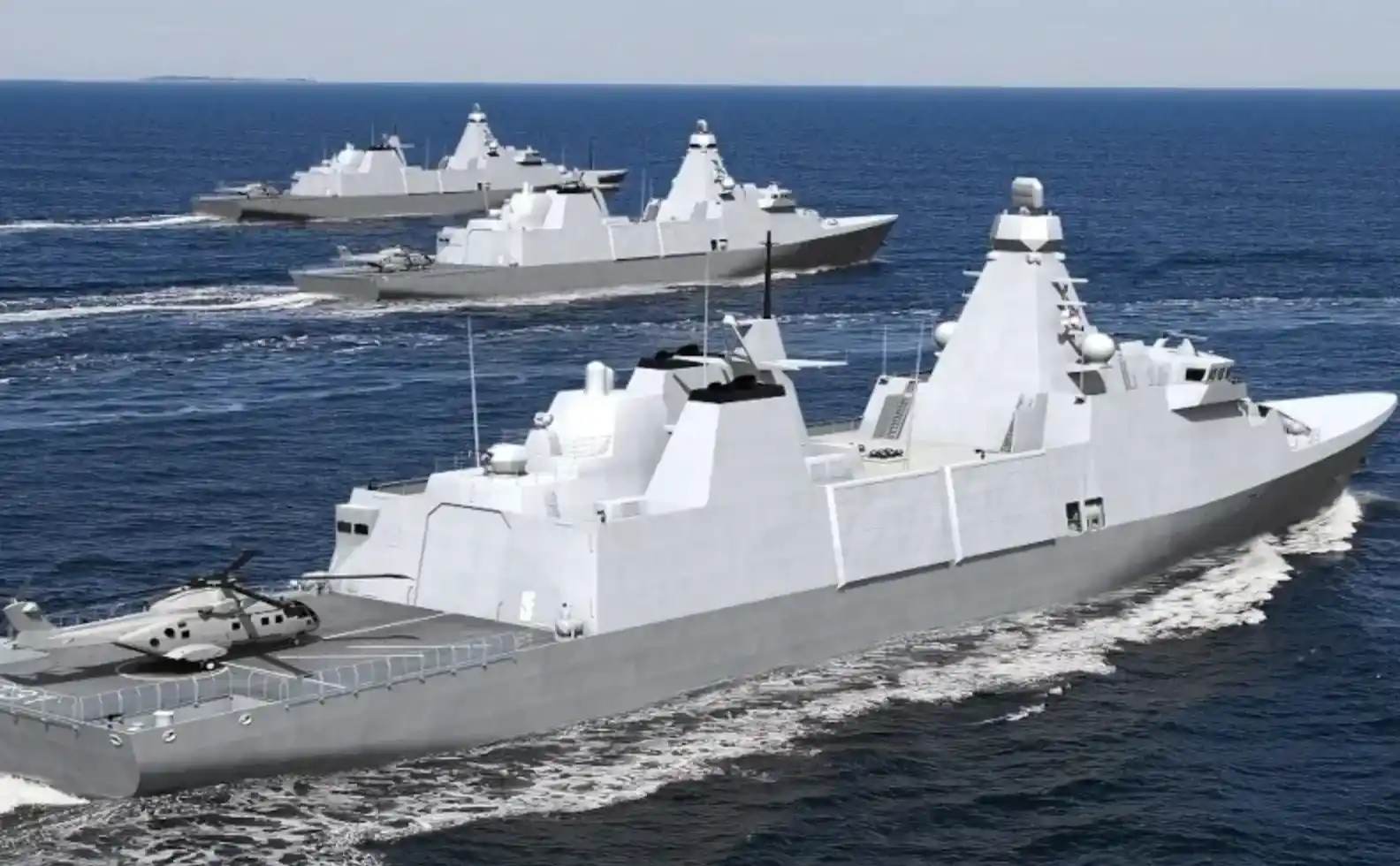
The Type 31 is intended to not only serve the Royal Navy but also be an attractive export option for allied nations, with potential buyers including Poland and Indonesia, who are seeking affordable yet modern naval solutions.
The British Type 31 Frigate is designed with versatility, adaptability, and affordability in mind. Its features allow it to take on various roles, ranging from combat to humanitarian missions, while maintaining cost-efficiency. Below is an in-depth look at the key characteristics that make this frigate stand out in modern naval warfare.
One of the most notable aspects of the Type 31 Frigate is its modular design. This design approach allows the frigate to be reconfigured quickly and efficiently based on the mission at hand.
The ability to swap out components or systems ensures that the vessel can be customized for specific tasks, whether that’s conducting anti-submarine warfare, supporting humanitarian efforts, or engaging in surface-to-surface combat.
Advantages of Modular Design:
The Type 31 Frigate is well-armed for its size, equipped with a range of weapons designed to engage both surface and air threats. It is primarily geared towards general-purpose missions, meaning it’s capable of handling everything from anti-aircraft defense to surface combat.
Weapon Systems Include:
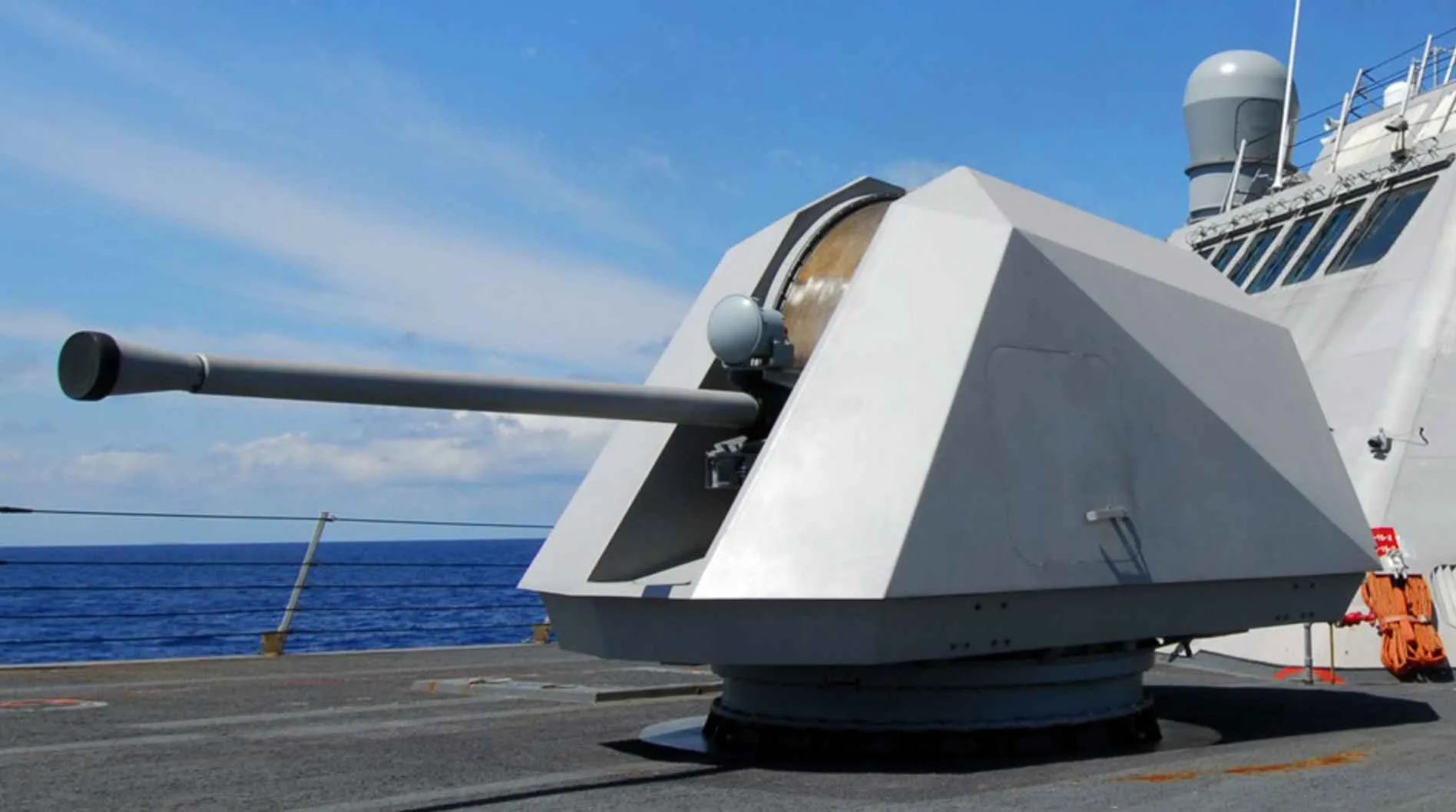
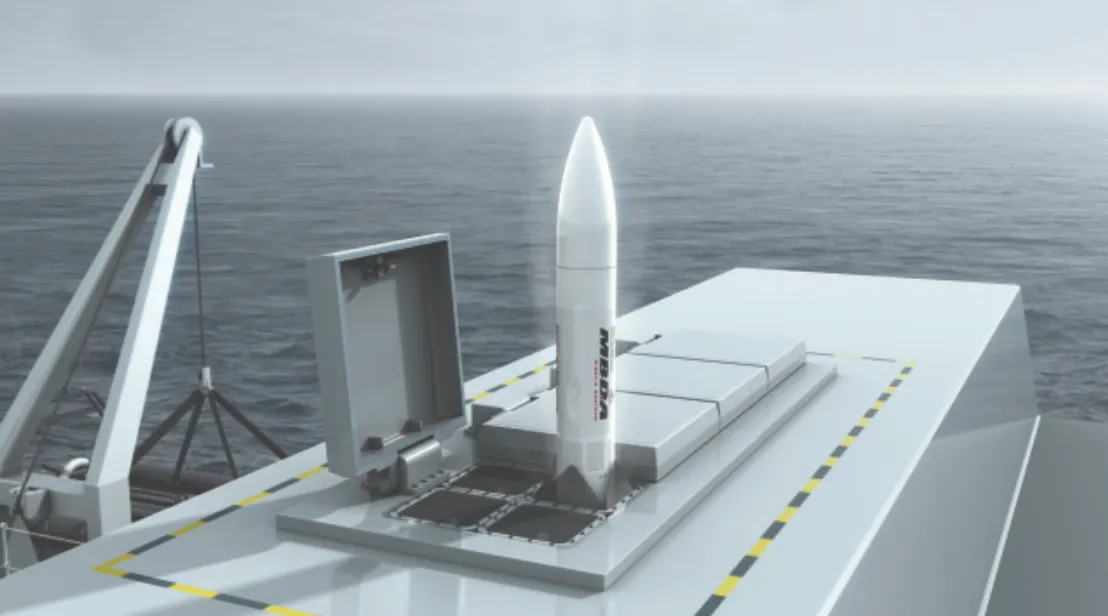
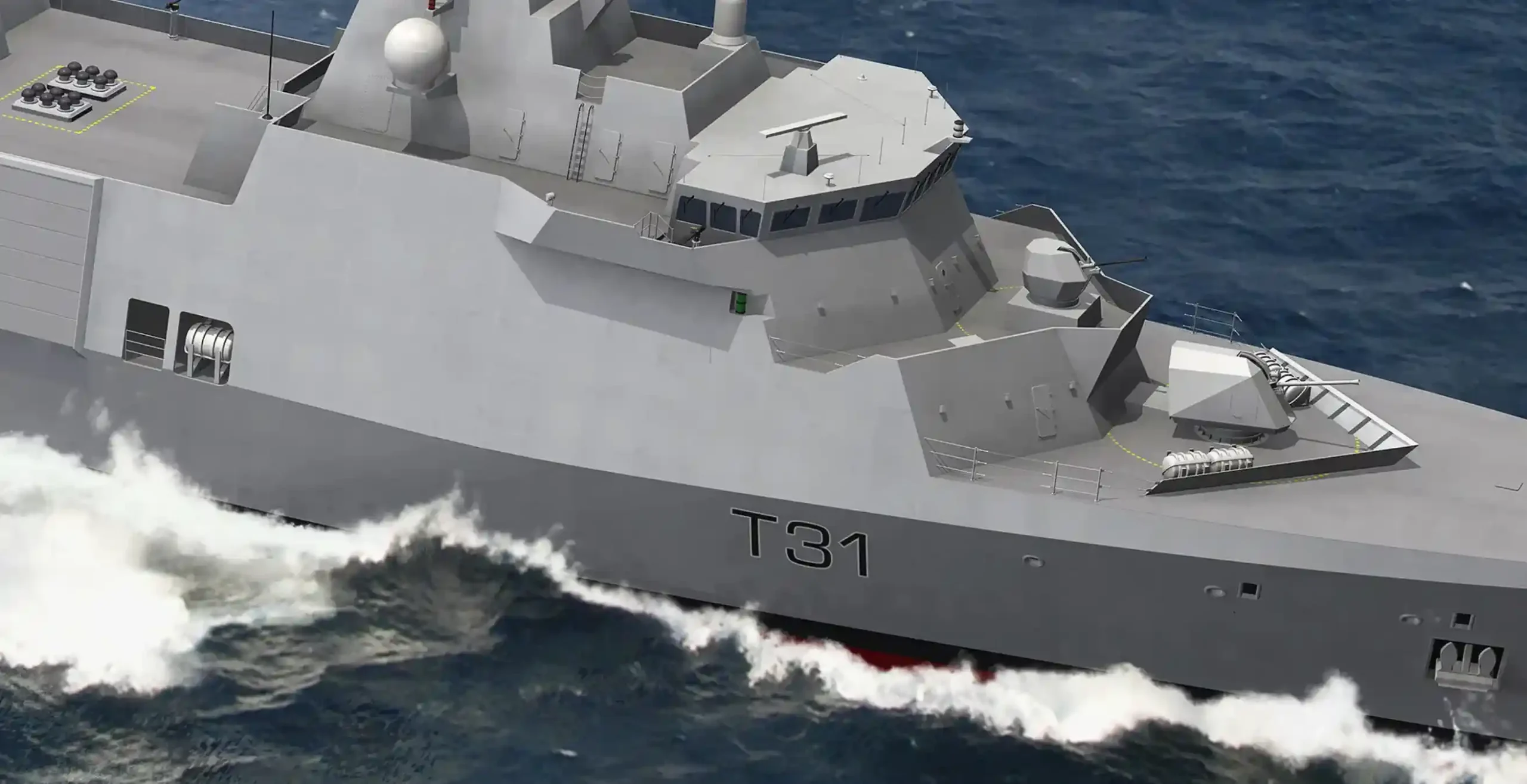
This armament allows the Type 31 to defend itself effectively while also providing support to larger ships in a fleet.
Another critical feature of the Type 31 is its impressive operational range and endurance at sea. Designed to operate independently or as part of a larger fleet, it has the speed and range necessary to perform extended missions without the need for frequent resupply.
In modern naval warfare, situational awareness is key. The British Type 31 Frigate is equipped with advanced sensors and electronic systems that give it superior detection and tracking capabilities, which are crucial for both defense and offensive operations.


These systems ensure that the Type 31 can operate in contested environments, detect threats before they become critical, and coordinate with other vessels in a fleet.
A key selling point of the Type 31 Frigate is its ability to perform multiple roles. Unlike specialized ships that are limited to specific tasks, the Type 31’s adaptable nature allows it to shift between different mission profiles with ease.
This multi-mission capability ensures that the Type 31 can operate effectively in both combat roles and peacekeeping missions.
One of the primary reasons the Type 31 Frigate is gaining attention is its cost-efficiency. While some frigates, such as the Type 26, cost upwards of £1 billion each, the Type 31 is priced at approximately £250 million per ship, making it a much more affordable option for the Royal Navy and potential international buyers.
This lower price does not come at the expense of quality, as the Type 31 still includes advanced technology and flexible systems. The affordability makes the frigate an attractive option for countries with smaller defense budgets who still require modern and capable naval vessels.
As the Type 31 Frigate moves closer to operational readiness, its prospects continue to grow, not only for the Royal Navy but also on the international stage.
In this section, we will examine the future roles the Type 31 is expected to play, its potential for export to other nations, and the technological upgrades it may receive over time.
The Royal Navy has committed to building five Type 31 Frigates, with the first expected to enter service by 2027. These vessels will replace the aging fleet of Type 23 Frigates and will work alongside the Type 26 to ensure the Royal Navy can maintain its global commitments.
Once in service, the Type 31 will serve a variety of roles, from patrolling international waters to contributing to NATO missions. The flexibility of the Type 31 will allow it to operate in everything from high-threat environments to humanitarian missions.
One of the primary objectives of the Type 31 program is to create a frigate that can be easily exported to other navies around the world. The affordability and modular design of the Type 31 make it an attractive option for countries seeking to modernize their fleets without the financial burden of more expensive vessels like the FREMM or Type 26.
As defense budgets continue to tighten globally, the Type 31 could become a go-to solution for countries looking for a capable yet cost-effective frigate that can handle a variety of missions.
This could open up significant export opportunities for the UK shipbuilding industry, further solidifying the Type 31’s role on the global stage.
As with any modern warship, the British Type 31 Frigate is designed with the future in mind. Its modular systems allow for easy upgrades, ensuring that the ship can evolve alongside advancements in technology.
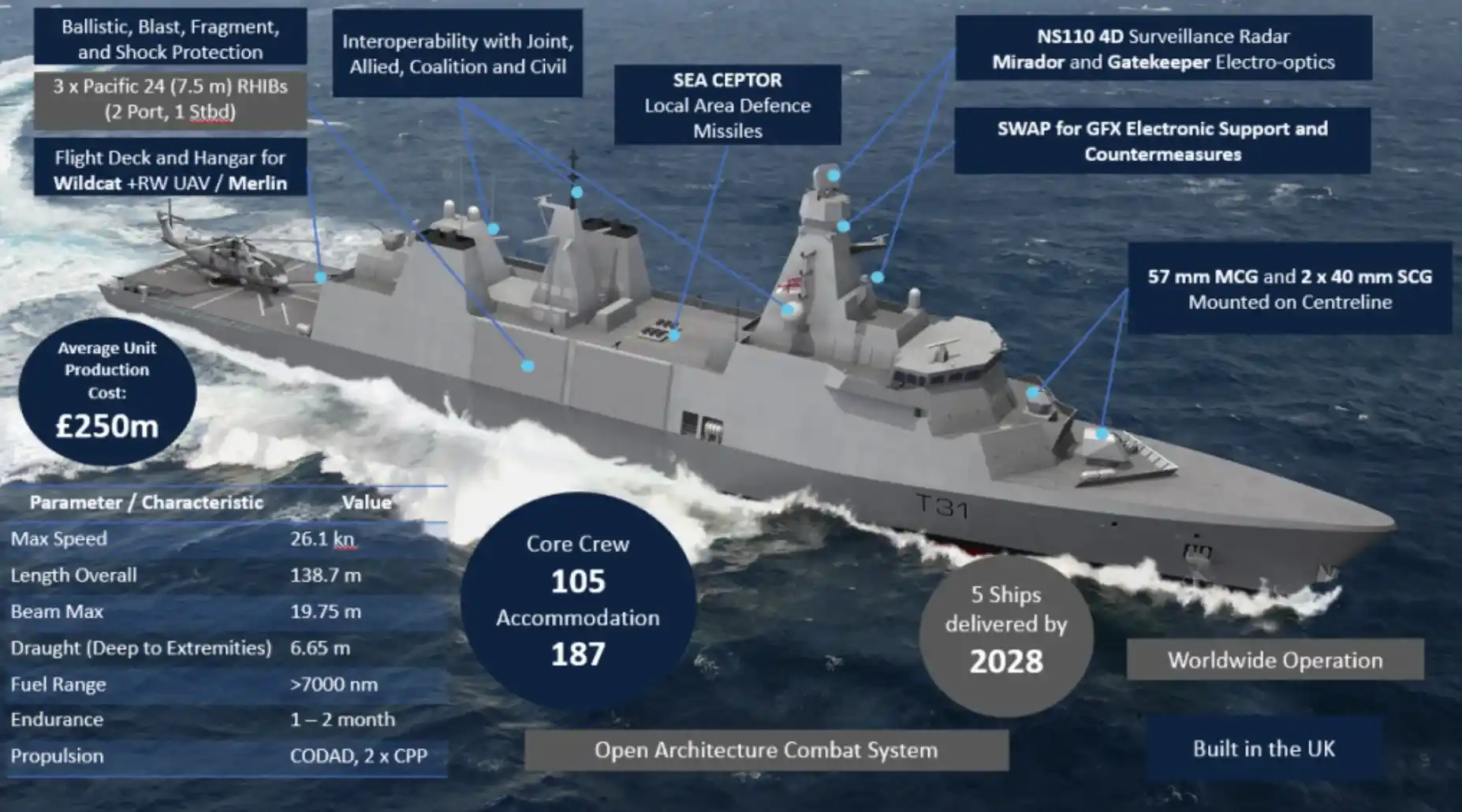
The ability to integrate these kinds of technologies makes the Type 31 a future-proof vessel that will remain relevant as naval warfare continues to evolve.
As the Type 31 Frigate continues to make headlines for its innovative design and affordability, many people have questions about its capabilities, role, and prospects. Below are some of the most frequently asked questions regarding Type 31 and detailed answers to help provide clarity.
One of the key selling points of the Type 31 Frigate is its affordability. Each vessel is expected to cost around £250 million, which is significantly lower than other advanced frigates, such as the Type 26 or FREMM frigates, which can cost up to £1 billion or more per ship.
The relatively low cost is a result of its modular design, streamlined production processes, and focus on general-purpose capabilities rather than highly specialized roles. This makes the Type 31 an attractive option not only for the Royal Navy but also for nations with smaller defense budgets.
The first Type 31 Frigate is expected to enter service in 2027, following a series of construction milestones and sea trials. The Royal Navy plans to have five vessels in the fleet by the early 2030s, ensuring a smooth transition from the Type 23 frigates that they are replacing.
The construction schedule is designed to keep up with the Royal Navy’s operational needs, to maintain a continuous global naval presence while phasing out older ships.
The Type 31 Frigate is designed to be a multi-mission vessel, capable of handling a wide range of roles across different environments. Its primary missions include:
These missions reflect the Royal Navy’s global responsibilities, requiring a ship that can adapt to both combat and peacekeeping duties.
The Type 31 Frigate distinguishes itself from other frigates through its cost-effectiveness, modularity, and versatility. While many modern frigates are designed for specific high-end roles—such as anti-submarine warfare or air defense—the Type 31’s general-purpose design allows it to handle a wide variety of missions without requiring extensive reconfiguration or specialized systems.
Key Features that Set the Type 31 Apart:
These factors make the Type 31 an ideal choice for nations seeking to maintain a capable navy while balancing budgetary constraints.
The Type 31 Frigate represents a bold step forward in naval ship design, offering a flexible, cost-effective, and capable solution for modern navies.
As the Royal Navy and its global partners face evolving threats and responsibilities, the Type 31’s ability to perform multiple roles—ranging from combat operations to humanitarian missions—ensures that it will remain a valuable asset for decades to come.
In addition to its importance to the Royal Navy, the Type 31 also has strong export potential, providing an affordable and adaptable option for nations looking to modernize their naval forces.
Its modular design, cost efficiency, and multi-mission capability make it a forward-thinking vessel that can evolve with the changing demands of naval warfare.
Ultimately, the Type 31 sets a new standard for affordable naval defense, proving that versatility and capability do not have to come at a premium price. As the Royal Navy continues to modernize, the Type 31 will be a critical part of maintaining the UK’s presence on the global stage.
Share
Defense Feeds is publication focusing on informing, engaging, and empowering the world by providing accurate information from defense technology.
Powered by Defense Feeds © 2025 – All rights reserved.